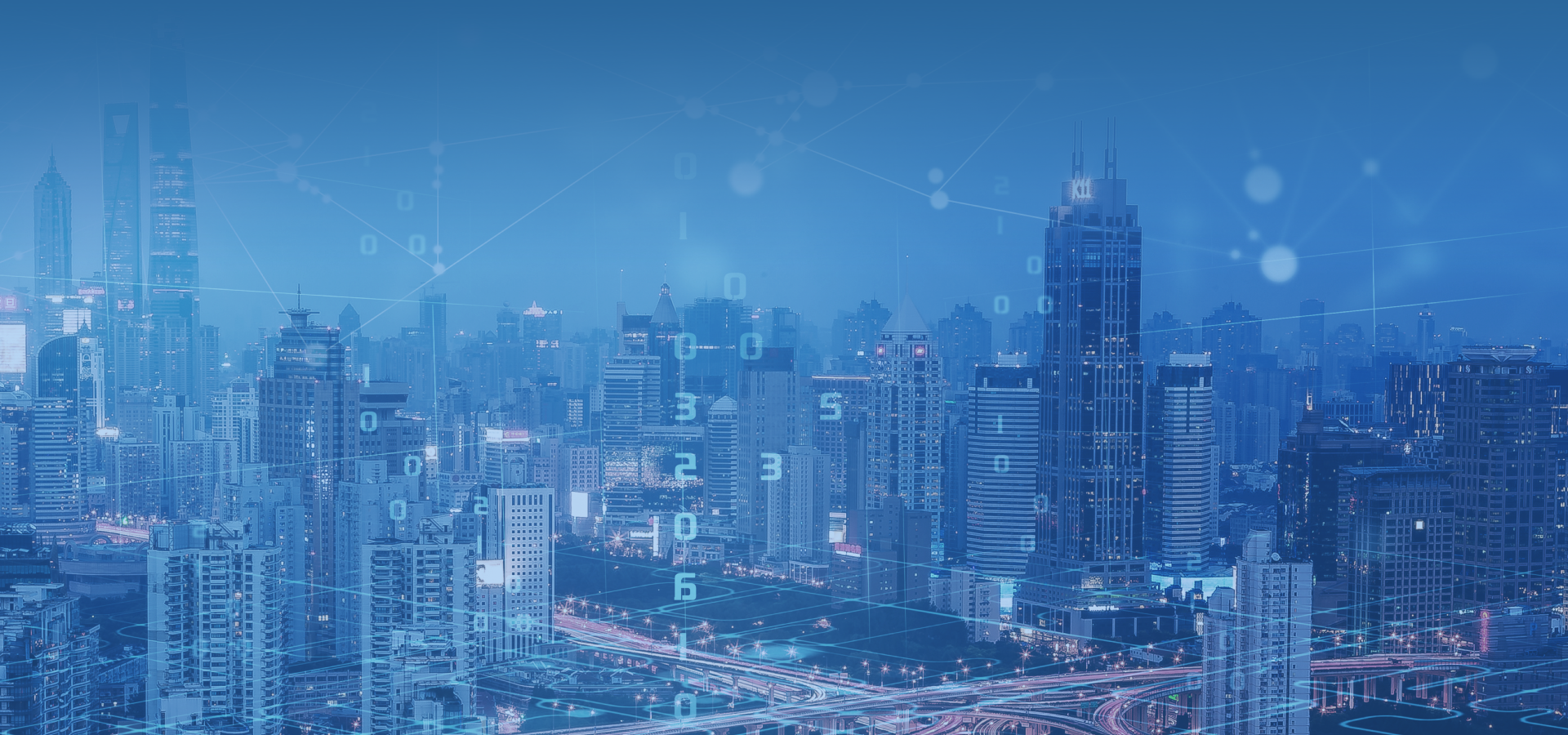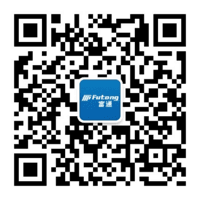Recently, Futong Cloud's multi-cloud management platform CMP2020 and China Great Wall Technology Group Co., Ltd. (hereinafter referred to as "China Great Wall") have completed the product compatibility mutual certification with the TianDi DF7 series (Phytium FT2000+/64 plus Galaxy Kylin server operating system V10). After joint testing, the products from both sides have performed well in terms of functionality, performance, and compatibility, fully meeting the high-performance, high-availability, and high-stability requirements of industry customers.

China Great Wall is a "secure, advanced, green self-computing industry professional subsidiary group" under China Electronics Corporation, focusing on the self-computing hardware industry and the core business of system equipment. It has built a complete product range with independent intellectual property rights, from chips, desktops, notebooks, servers, network switching equipment to application systems, empowering the digital transformation of government and enterprise offices, as well as finance, energy, telecommunications, transportation, and other fields.
The TianDi DF7 series server is a general-purpose server independently developed by China Great Wall, based on the domestically produced chip, the Phytium FT-2000+/64 processor. It is suitable for applications such as cloud computing, big data, distributed storage, and databases, and can meet the diverse computing and storage needs of data centers.
The completion of product compatibility certification with China Greatwall indicates that Futong's Cloud Management Platform CMP2020 can meet the operating environment of domestic operating systems and processors, and possesses characteristics of high adaptability, high maturity, and high stability, providing a secure, stable, and reliable guarantee for industry customers.
Futong's Cloud Management Platform CMP2020 stands at the height of the entire enterprise's overall perspective, managing the enterprise's multi-cloud/hybrid cloud resources. Through the platform's standardization and collaboration of various complex multi-resources, multi-organizations, multi-scenarios, multi-applications, and multi-environments, it breaks down the information barriers between resource governance and resource operations. This results in a unified portal, unified services, unified management, and unified operations. It also provides the enterprise with optimization suggestions and delivery capabilities in various aspects such as assets, performance, cost, and efficiency. This helps enterprises continuously improve their insight, collaboration, and agility in digital transformation.







